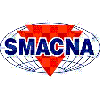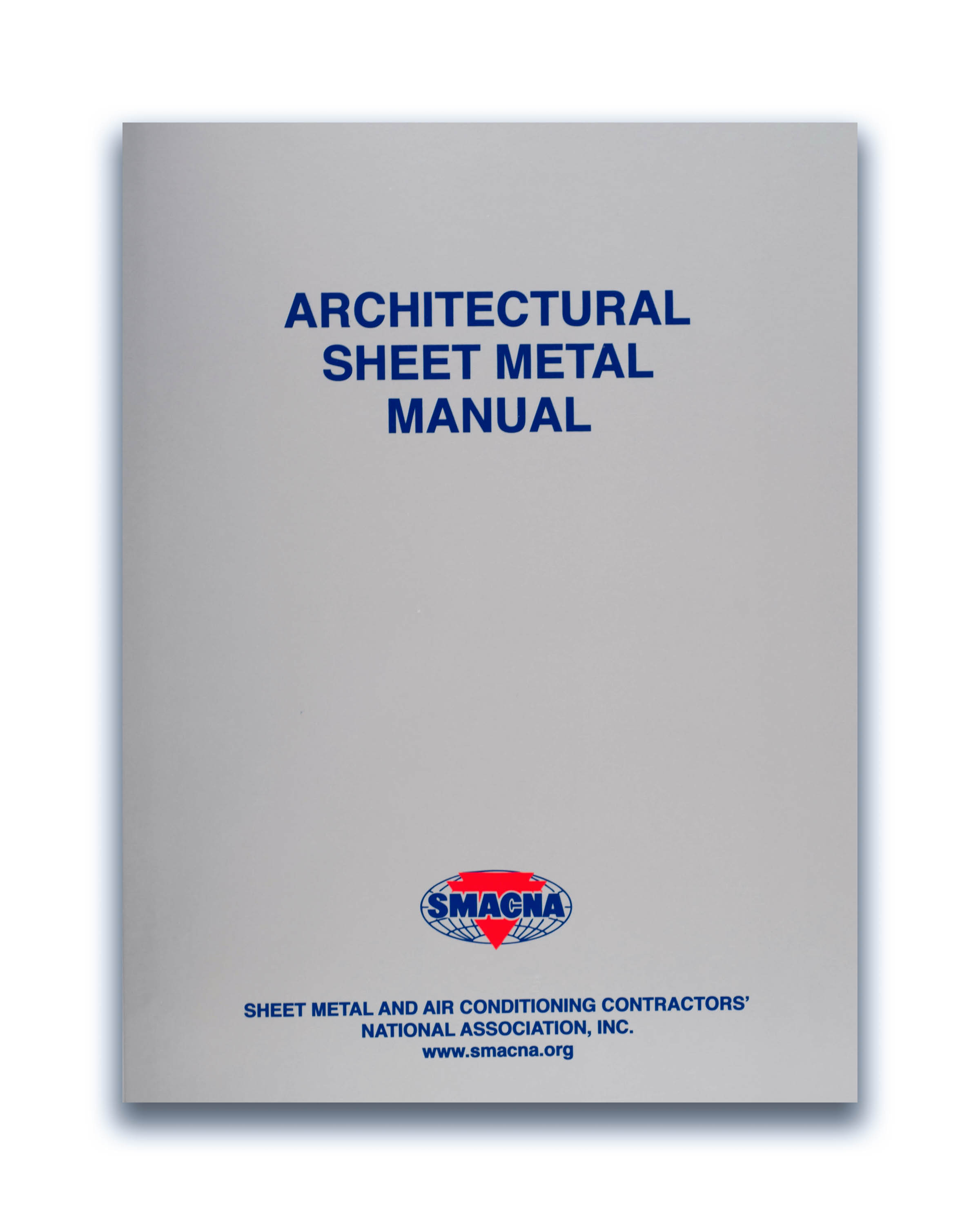Want quality, long-lasting energy efficiency? Look to metal roofing.
The right roofing system can help owners of new and existing buildings cut fuel and power usage, achieve green building certifications and contribute to sustainable business and communities.
It’s easy to see why energy efficiency is so important in building construction and retrofit projects.
Energy costs are unpredictable. Green HVAC and buildings have become the norm as businesses strive to operate more sustainably. Federal, state and local governments are pushing efficiency with programs that range from tax incentives to energy-rating programs.
In addition, markets are taking notice that energy-efficient buildings carry economic advantages. For example, studies show that rent premiums for Energy Star-certified office buildings can range from 5 percent to 8.5 percent, while resale premiums for such buildings can range from 13 percent to 26 percent.
Roofing is a key element of building energy efficiency. In fact, a properly designed roof system can:
- Contain heated and cooled air
- Exclude unwanted heat from sunlight
- Accommodate daylighting systems
- Host renewable energy sources, including solar photovoltaic and solar thermal systems.
Coming up to code
Energy efficiency in buildings is not just desirable — it is mandatory to varying degrees, depending on the codes that apply locally. The United States government has adopted the International Energy Conservation Code, most recently updated in 2015, as its standard for the efficiency of building envelopes, including roofs, walls, windows, doors and skylights.
Each state is responsible for adopting and enforcing energy codes. States may modify the code, choose not to adopt the newest version of it, develop their own code or have no statewide code. Cities and counties also can choose from the available codes or adopt their own.
Meanwhile, HVAC construction group the American Society of Heating, Refrigerating and Air-Conditioning Engineers publishes a technical design standard, ASHRAE 90.1, which covers most buildings, last revised in 2013. It often serves as the technical basis for the IECC and in many cases is used as an alternative compliance option. The IECC and ASHRAE divide the United States into the same eight climate zones, each with different requirements.
The compliance paths under IECC or ASHRAE are the same with respect to roof and wall systems for manufactured buildings. Two paths are available:
- Prescriptive component assemblies: These assemblies are essentially pre-approved for compliance in each climate zone. The code or standard prescribes the type of insulation and the R-value of the insulation and other insulating components that must be used. It is predetermined that these assemblies will meet the required U-factor. This approach is fairly simple — but the number, type and cost options for assemblies may be very limited.
- U-factor tested component assemblies: The codes and standards include charted values for the maximum U-factor for different types of roof and wall assemblies for each climate zone. Any roof or wall assembly with a U-factor equal to or less than the stated value is permissible, so long as proof of that U-factor is provided. Test reports, such as those available from Butler Manufacturing, can be used as proof. Often, these tested assemblies cost less for materials and installation labor than prescriptive assemblies.
Efficient characteristics
Today’s high-quality, standing-seam metal roofs support compliance with codes and standards while delivering other benefits in energy efficiency, sustainability, service life and lifecycle cost. These roofs — proven to deliver weathertight performance for as long as 40 years — act as a monolithic steel surface covering the entire building. When metal roof assemblies are well-designed and properly installed, they help maintain consistent interior temperature and reduce heating and air-conditioning costs.
Their features can include extremely durable and weather-resistant seams, moveable clips that accommodate roof expansion and contraction under changing temperatures, and factory-punched panels and structural members that ensure proper alignment and accurate installation. Metal roofs, in many cases, can be applied directly over aging built-up, single-ply or metal roofs to add additional layers of insulation and provide long-term weather protection and added thermal efficiency.
In new construction or retrofit situations, these roofs accommodate additional insulation thicknesses to enhance energy efficiency. They also offer meaningful sustainability benefits, helping toward credits under the U.S. Green Building Council’s Leadership in Energy and Environmental Design green building rating systems.
Recycled material
Steel roofing material is 100 percent recyclable, and the steel in a new or retrofit roof will contain 25 percent to 28 percent recycled material. Conventional roofing materials, when removed, frequently are disposed of in landfills and sometimes are classified as hazardous waste.
Heat island effect and cool roofing
The cool roofing movement aims to help building owners save money by repelling heat during summer and reducing air-conditioning costs. It also seeks to limit the urban heat island effect in cities by promoting roofs that reflect— rather than absorb — heat.
Heat islands occur in cities when dark roofs, building materials and pavement absorb the sun’s radiation. This can raise urban air temperatures six to 12°F higher than suburbs and rural areas, according to a 2003 study from Lawrence Berkeley National Laboratory. Hotter air increases formation of smog from the reaction of nitrogen oxide and volatile organic compounds.
Quality metal roofs meet cool roof standards as set by the U.S. Department of Energy and Environmental Protection Agency. Roofs painted in light colors reflect more solar radiation, reduce the roof temperature and lower the urban air temperature. Newly developed infrared-reflective pigments reflect more sunlight, even with darker paints. During cloudy conditions or after sunset, metal roofs give up their heat faster than other roofing materials.
The effect of cool roofing on buildings can be dramatic. For example, a group at Lawrence Berkeley has reported that reflective roofing can directly save up to 40 percent in cooling and heating costs.
Cool metal roofs perform well even when compared with white-membrane roofing. A study at the Oak Ridge National Laboratory found a metal roof more effective than conventional roofing in reflecting the sun’s rays and in preventing solar heat transfer into a building.
Cool roofs are gaining popularity in part because governments offer rebates and energy credits to contractors and building owners to change dark, absorptive roofing materials to cool roof systems. In addition, some utilities offer rebates to building owners using cool metal roofs that help reduce peak energy demand during the cooling season.
Daylighting
Lighting-related electricity is often the highest operating expense in a building — frequently exceeding heating and cooling costs. Consequently, new building energy-efficiency codes and standards call for daylighting in buildings above specified square footage and height and in certain usage categories.
Beyond creating more pleasant work conditions, daylighting also can significantly reduce energy usage for artificial lighting.
Skylights and other roof-installed devices can strongly contribute to daylighting. One study found that an economically optimum “top-lighting” system (defined as using skylights with electronic lighting controls to turn off electric lights when not needed) saved 35 percent to 55 percent of annual lighting energy, with smaller impacts on heating and cooling energy. The same study determined that, depending on climate and building type, top-lighting could save 11 cents to 32 cents per square foot per year. These numbers don’t include the potential tax incentives and rebates available from the local and federal government or utilities.
Quality metal roofs accommodate today’s roof-mounted daylighting devices, which have marked advantages over traditional flat skylights or light panels. These domed units have prismatic embossing that collect up to three times more of the sun’s rays earlier and later in the day, when the sun’s angle is low.
The prisms refract sunlight into micro-beams that transmit more light into the building, without glare, hot spots or ultraviolet-light damage. The devices have been shown to reduce electric lighting costs by up to 70 percent when integrated with lighting controls, providing a return on investment in as quickly as three to five years.
These units can reduce roof penetrations by up to 30 percent, as fewer are needed to gain the same amount of light compared with traditional flat skylights. A self-curbing design avoids the inherent risk of leaks around flashings of conventional skylights. The system rests on top of the metal roof panels, removed from water flow.
On-site renewable energy
Renewable energy plays a growing role in buildings, especially in the quest for zero-energy building. In this concept, the building is designed for the lowest possible energy demand, and enough renewable generation is installed to offset that demand completely. In other words, the buildings produce as much clean energy as they consume in grid electricity and fuel.
The potential for rooftop renewables is great. In fact, the National Renewable Energy Laboratory has estimated that some 67 percent of the nation’s commercial buildings have rooftops available for solar water heating.
Whether for thermal energy or electricity, quality metal roofing systems accommodate solar panels without requiring penetrations that could compromise roof integrity.
Added value
High-quality metal roofing systems can add value to building and renovations on many levels — from proven longevity and reliable weather protection to energy code compliance, operational savings, carbon emission reduction, enhanced occupant comfort and higher property values.
A reputable manufactured building supplier can help contractors and building owners deal with the intricacies of code compliance, deliver fully tested and code-compliant roofing and other building assemblies, and ensure that installation meets the highest standards and the expected performance over the structure’s life.
Rodger Russ is the North American sales manager for the roof division of Butler Manufacturing. He has more than 27 years of diverse experience since starting in the sheet metal industry in Chicago. Russ has worked for multiple manufacturers in a variety of roles, including product development, training, product and sales management, and consulting. In his role with Butler, he focuses on new products for the retrofit metal roofing market.














